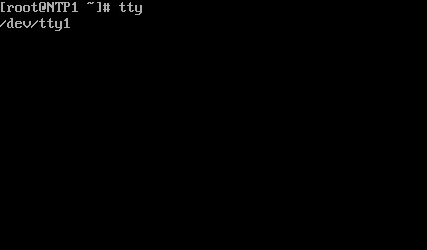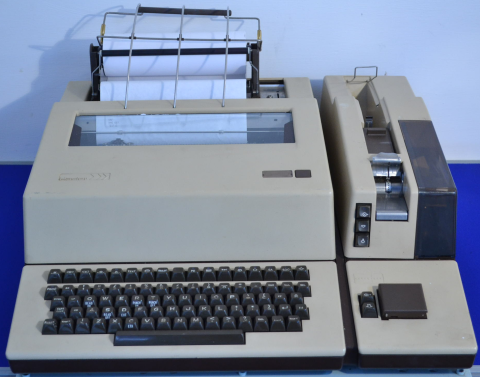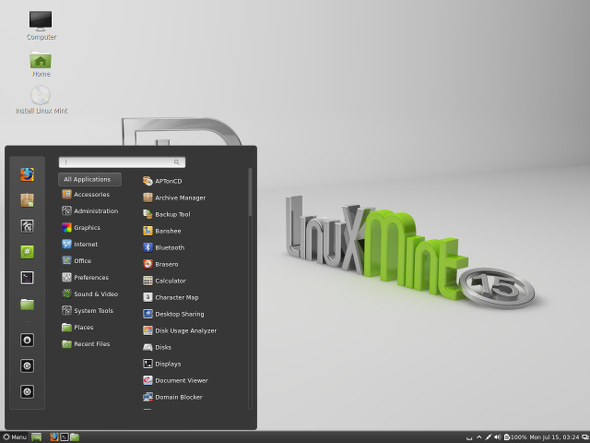
When using the Terminal in Linux, or when in runlevel 1, the text-only interface will be a TTY or PTS console. In this example, the interface is a TTY console.

In the middle of the 19th century, before Unix was developed, timeshare systems had terminals that allowed you to interact with a primitive computer. The timeshare system allowed you to send output to a teletypewriter, and the teletypewriter would print the output. Similar to the timeshare systems, Unix systems also use a terminal. The Unix systems also had the capability of sending output to a teletypewriter. In Unix, a teletypewriters was abbreviated to TTY, which is how TTY became synonymous with a Unix terminal. While teletypewriters are no longer used to interact with a Unix computer, the abbreviation TTY is still used to represent the Linux Terminal.

Linux computers have numerous TTY virtual consoles, such as /dev/tty1, /dev/tty2, /dev/tty3, et cetera. The tty command will display which TTY virtual console is being used. In this example, /dev/tty1 is being used.
[john.doe@server1 ~]# tty
/dev/tty1
The following commands can be used to switch between TTY virtual consoles.
- tty1 = Ctrl + Alt + F1
- tty2 = Ctrl + Alt + F2
- tty3 = Ctrl + Alt + F3
- tty4 = Ctrl + Alt + F4
- tty5 = Ctrl + Alt + F5
- tty6 = Ctrl + Alt + F6
/dev/tty7 is typically used to get a graphical environment, such as GNOME, KDE, or Unity. Ctrl + Alt + F7 can be used to swtich to TTY7.

Pseudo Terminal Slave (/dev/pts/0)
When making a connection to a Linux computer using some other application, such as SSH or PuTTY, a pseduo terminal slave (pts) session is used. The tty command will display which pts session is being used. The Ctrl + Alt + F# combinations will not work when you have an SSH connection. Instead, you would simply make multiple SSH connections to have multiple virtual consoles.
[john.doe@server1 ~]# tty
/dev/pts/0
/dev/console
/dev/console can be any TTY device, such as /dev/tty1, /dev/tty2, /dev/tty3 or any PTS device such as /dev/pts/0, /dev/pts/1, or /dev/pts/2. The console is set when the system is booted. In this example, when the system is booted, /dev/console will be set to /dev/tty1 with a baud rate of 9600. The ioctl command can be used to choose what device the console should be associated with (see man tty_ioctl).
console=tty1,9600
Did you find this article helpful?
If so, consider buying me a coffee over at 